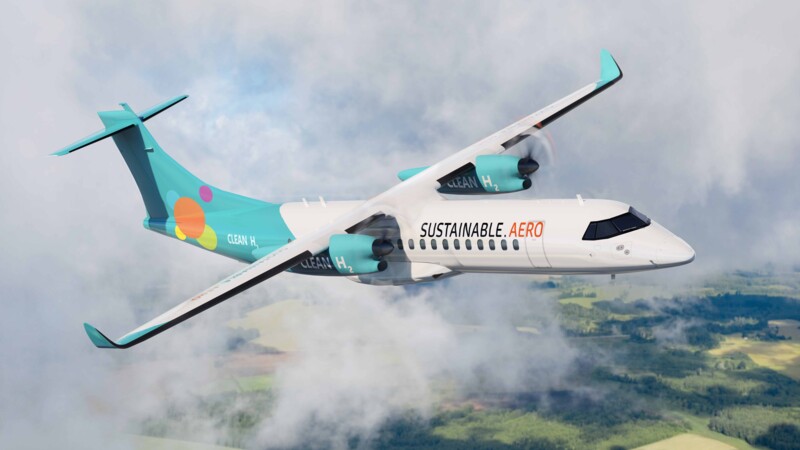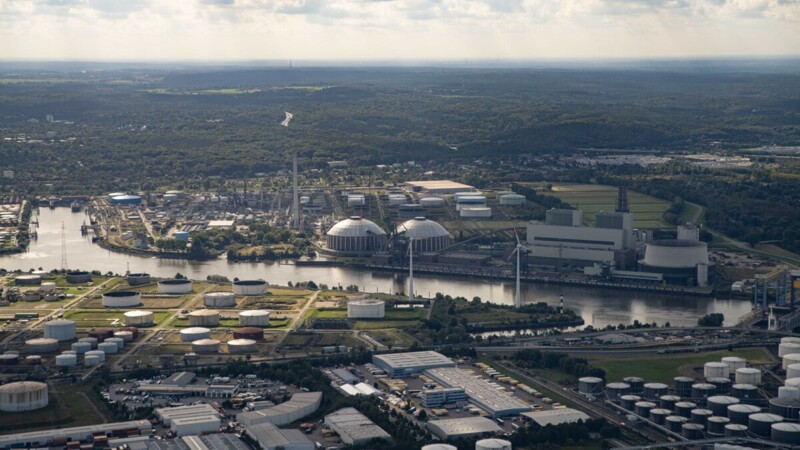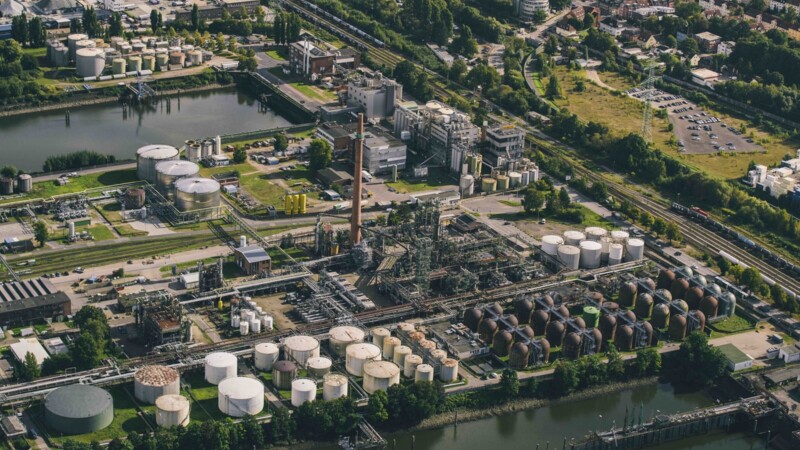Unlike heavier-than-air vehicles such as aeroplanes or helicopters, balloons use fuel only to move forwards. Hydrogen or helium, gases that are lighter than air, are responsible for the lift or take-off. Humanilog is conducting research into turning the system into a flying unit: "Equipped with crane systems, portable winches and, depending on requirements, communication, lighting or observation systems, the Humanilog Rescue Balloon can be used for rescue or transport operations, disaster control, clean-up work or for rebuilding infrastructure," said Benjamin Brich, founder of HLO. Initial training courses to operate the rescue system ended successfully in Hamburg earlier this year. More training sessions are being planned in various training centres next year to use the balloon in rescue logistics.
Floods in Libya, hurricanes in Mexico, earthquakes in Nepal, Afghanistan, Turkey and Syria are just some of the natural disasters this year alone. A study by the Statista Research Department forecast 421 natural disasters worldwide in 2022. And since 1970, the number of dramatic weather events has increased fivefold, the World Meteorological Organisation said. Logistics play a key role in relief operations in the wake of natural disasters. Clean water, food, tents and hygiene kits, as well as materials for reconstruction have to be transported to the affected areas. Aid is frequently provided by helicopter, when infrastructure has been destroyed. Yet, helicopters are costly and not always available, especially in developing countries. The Humanitarian Logistics Organisation (HLO), a non-profit organisation at the interface between charitable organisations, logistics companies and research institutes, is now relying on lighter-than-air (LaL) technology and using a new, versatile balloon rescue system called the "Humanilog Rescue Balloon".
Initial training sessions end in Hamburg

No risk of downwashing
The balloon rescue system does not cause downwashing or the downward deflection of an airstream by an aircraft wing or helicopter rotor blade: "Helicopters can cause a downwash near the ground, posing a danger to e.g., flood victims who are struggling to hold onto treetops. And when rebuilding destroyed infrastructure, our rescue balloon can remain in the air for several months." Brich has a Master's degree in Humanitarian Logistics and Management, and gained practical experience in around 15 departments at DB Schenker in the land, air, sea, contract logistics and controlling sectors. Brich's approach to fast and safe logistics in the event of a disaster has been recognised by Germany's "Land of Ideas" scheme, which was founded by the German government and business and industry in 2006.

Humanilog relies on hydrogen
A scenario for the use of the Humanilog Rescue Balloon could be as follows: A bridge in a remote region has been destroyed by an earthquake. The balloon, which is ten metres in diameter, is used in the "response phase" to transport emergency supplies for the population. "In the subsequent 'recovery phase', the team can rebuild the bridge with people in the locality using the balloon's lifting power," Brich said. The rescue balloon flies on hydrogen instead of helium, which is expensive and finite. "Helium will not bel available in future unlike hydrogen, for which more and more production facilities are being built, especially in the Global South." And a single hydrogen filling lasts three to six months, Brich pointed out.

Modular system for use in environmental protection
"A perfectly balanced balloon floating in the air consumes no energy. Hydrogen as a lifting gas has a better buoyancy force than helium." And the Humanilog Rescue Balloon is not at the mercy of the wind; it is controlled via tethered ropes and three motorised winches or in flight mode via electric motors with propellers. The system could also be used for environmental protection, Brich stressed. "This modular system lifts heavy loads of 250 to 1,000 kilos, depending on the size of the balloon. It is suitable for building dykes or we could use this technology to fly up into the Amazon rainforest to count the population of endangered animals unobtrusively."
ys/pb
Sources and further information
Humanilog is a non-profit organisation and relies on donations via the Betterplace.org platform to fund its work. A successful campaign has allowed Humanilog to fund the hydrogen carrier gas as well as the salaries, supply and accommodation costs of the operating team and volunteers. More Betterplace campaigns are underway to fund training sessions and equipment in 2024. Humanilog is looking for supporters or foundations to gear up its charity work.
More
Similar articles

Sustainable Aero Lab driving sustainable aviation from Hamburg

New study to set up framework conditions for global hydrogen trade

Series of studies launches on potential and limits of green hydrogen
